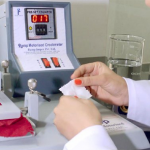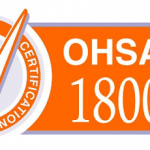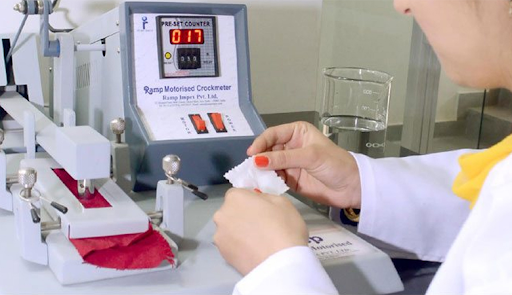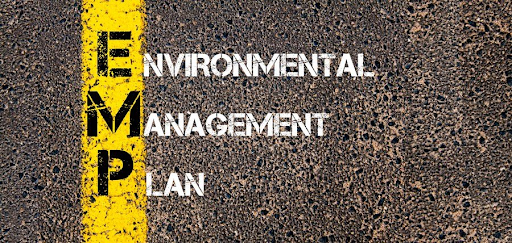
Introduction
Maintaining ISO certification for medical device quality and OHSAS 18001 is crucial for organizations operating in the healthcare industry. Compliance with these standards ensures that medical devices meet the required quality, safety, and regulatory requirements. This comprehensive guide will provide you with valuable insights on how to effectively maintain ISO certification for medical device quality and OHSAS 18001, ensuring your organization’s commitment to excellence and patient safety.
Understanding ISO Certification

ISO certification is a globally recognized standard that signifies an organization’s commitment to meeting specific requirements for quality management systems. It demonstrates that a company follows best practices and continuously improves its processes to deliver high-quality products and services.
Importance of ISO Certification for Medical Device Quality
Maintaining ISO certification for medical device quality ensures compliance with regulatory requirements and enhances the reputation of your organization. It assures customers and stakeholders that your products meet the highest quality standards and undergo rigorous quality control processes.
Benefits of OHSAS 18001 Certification
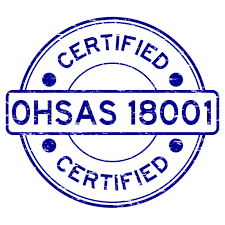
OHSAS 18001 certification focuses on occupational health and safety management systems. It helps organizations identify and control health and safety risks, reduce workplace accidents, and improve overall employee well-being. Benefits of OHSAS 18001 certification include increased employee morale, reduced insurance costs, and improved regulatory compliance.
Integrating ISO Certification and OHSAS 18001
Integrating ISO certification for medical device quality and OHSAS 18001 allows organizations to streamline their management systems, reduce duplication of efforts, and maximize efficiency. By integrating these standards, organizations can create a cohesive approach to quality and safety management.
The same can’t be said about some internet slot games of a modern gambling platform Slotogate, in which taking risks can lead to significant positive changes in your life without much effort. But talking about health, it is not so reliable, but on the contrary, very fragile. It is for this reason that we encourage you to purchase ISO Certification for Medical Device Quality.
Ensuring Compliance with ISO Standards
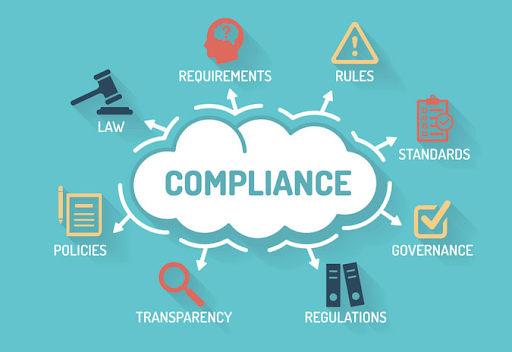
To maintain ISO certification, organizations must ensure compliance with the relevant ISO standards. This involves conducting regular internal compliance audits, addressing nonconformities, and implementing corrective actions. Compliance demonstrates a commitment to quality and helps identify areas for improvement.
Establishing a Quality Management System
A robust quality management system is essential for maintaining ISO certification for medical device quality and OHSAS 18001. It provides a framework for managing processes, monitoring performance, and continuously improving quality. Key components of a quality management system include documentation, process control, and risk management.
Conducting Internal Audits
Regular internal audits are a critical part of maintaining ISO certification. These audits assess the effectiveness of the quality management system, identify nonconformities, and provide opportunities for improvement. Internal audits help organizations identify areas where corrective actions are needed to enhance quality and compliance.
Training and Education for Employees
Investing in employee training and education is essential for maintaining ISO certification and ensuring a culture of quality and safety. Training programs should cover topics such as quality management principles, regulatory compliance, and risk management. Well-trained employees contribute to improved processes and better product quality.
Managing Nonconformities and Corrective Actions
Managing nonconformities and implementing effective corrective actions is crucial for maintaining ISO certification. When nonconformities are identified, organizations must investigate the root causes, develop corrective actions, and monitor their effectiveness. This systematic approach helps prevent recurrence and drives continuous improvement.
Document Control and Record Keeping
Effective document威而鋼
control and record-keeping are essential for maintaining ISO certification. Organizations must establish procedures for document control, ensuring that documents are reviewed, approved, and updated as necessary. Proper record-keeping provides evidence of compliance and facilitates audits.
Risk Management in Medical Device Quality

Implementing a robust risk management process is vital for maintaining ISO certification in the medical device industry. Organizations must identify, assess, and mitigate risks associated with product quality, safety, and regulatory compliance. Risk management ensures that potential issues are proactively addressed to prevent advancement.
Updating ISO Certification and OHSAS 18001
ISO standards are periodically updated to reflect changing industry practices and regulatory requirements. Organizations must stay informed about these updates and implement necessary changes to maintain certification. Keeping ISO certification and OHSAS 18001 current demonstrates an ongoing commitment to continuous improvement.
FAQs (Frequently Asked Questions)
Q: How often should internal audits be conducted?
Internal audits should be conducted at regular intervals, typically annually or biannually. The frequency may vary depending on the organization’s size, complexity, and risk profile.
Q: Is ISO certification mandatory for medical device manufacturers?
ISO certification is not mandatory for medical device manufacturers, but it is highly recommended. ISO certification demonstrates a commitment to quality and can enhance the organization’s reputation and competitiveness.
Q: What are the consequences of non-compliance with ISO standards?
Noncompliance with ISO standards can result in the loss of ISO certification, regulatory penalties, and damage to the organization’s reputation. It may also lead to increased safety risks and compromised product quality.
Q: How can organizations ensure regulatory compliance in the medical device industry?
To ensure regulatory compliance in the medical device industry, organizations should stay updated with relevant regulations, establish robust quality management systems, and engage in proactive risk management practices.
Q: How can organizations measure the effectiveness of their quality management system?
Organizations can measure the effectiveness of their quality management system by monitoring key performance indicators (KPIs), conducting internal audits, and seeking feedback from customers and stakeholders.
Q: Can ISO certification be obtained for specific medical device products?
ISO certification is granted to organizations rather than specific products. However, organizations can obtain product-specific certifications or compliance marks to demonstrate conformity to specific standards or regulations.
Conclusion
Maintaining ISO certification for medical device quality and OHSAS 18001 is essential for organizations in the healthcare industry. By following best practices, organizations can ensure compliance, improve safety standards, and enhance the overall quality of their medical devices. By integrating ISO certification and OHSAS 18001, organisations can achieve synergies and maximize their effectiveness. Remember, continuous improvement and a commitment to excellence are the keys to successfully maintaining ISO certification.

